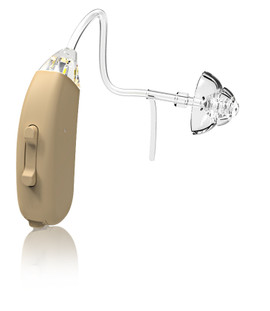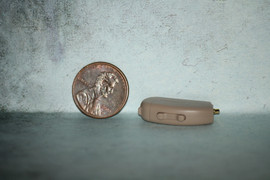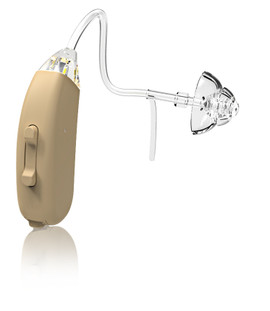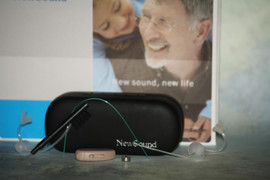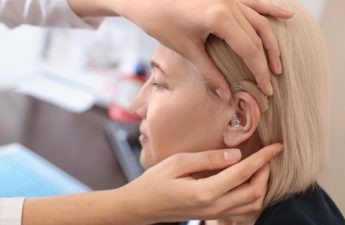Effective Ways to Overcome Bluetooth HEARING AID’s Problems
Posted by DR Paul on Nov 09, 2024
Navigating the world with a hearing aid can transform lives, making communication easier and daily interactions more enjoyable. With modern advancements, Bluetooth-enabled hearing aids have brought unprecedented ease of use and connectivity into our lives. However, like any technology, they are not without their quirks. Whether you're a first-time user or a seasoned veteran of hearing aid technology, understanding how to troubleshoot common Bluetooth issues can significantly enhance your experience. This blog aims to provide you with warm, reassuring guidance on overcoming these hiccups so that your journey with hearing aids remains smooth and rewarding.
Bluetooth hearing aids are brilliant for integrating seamlessly with various devices
Bluetooth hearing aids are brilliant for integrating seamlessly with various devices — from smartphones to televisions — allowing users to enjoy crisp sound quality directly into their ears. But sometimes, connectivity issues arise that might seem daunting at first glance. One primary step in tackling these problems is ensuring that software updates are regularly installed on both your hearing aid and paired device. Manufacturers often release updates that fix bugs and improve functionality, so keeping your devices up-to-date is crucial.
Another widespread issue users face is interference from other devices or objects causing poor connection or audio dropouts. A practical strategy here is to minimize the distance between your Bluetooth device and the hearing aid during use. Keeping them within a close range reduces chances of interruption caused by walls or electronic appliances. Also, try turning off unused Bluetooth devices nearby which could potentially interfere by occupying bandwidth.
Pairing problems can also occur frequently; if you find yourself struggling to connect your hearing aids with a new device, remember the basics - restart both devices. Often this simple action resolves minor glitches in the pairing process by refreshing connections and clearing temporary data caches accumulated over time.
Battery health plays an indispensable role in maintaining optimal performance for Bluetooth-connected hearing aids. Diminishing battery life can lead to erratic behavior such as unexpected disconnections or difficulty pairing with other devices. Regularly check battery levels and replace batteries promptly when needed – investing in rechargeable solutions could also offer more consistent power support while being environmentally friendly.
Finally, understanding app compatibility is significant for optimizing how you control and customize your Bluetooth hearing aid settings directly through a smartphone app. Ensure that you're using the correct application provided by your hearing aid manufacturer for managing features efficiently on compatible operating systems (iOS/Android). Any discrepancies here might result in suboptimal performance or limited access to advanced functionalities designed expressly for enhancing user experience.
In conclusion, while technological advancements have undeniably improved accessibility and convenience in modern-day living through Bluetooth-enabled hearing aids, they come along with occasional challenges requiring attention too! By applying these effective solutions—keeping software updated consistently; minimizing interference; rebooting devices when necessary; monitoring power supply diligently; and ensuring app compatibility—you'll find yourself well-equipped not only to address but overcome potential technical difficulties effortlessly! Remember always—we’re here supporting every step taken towards achieving enhanced auditory experiences because we genuinely care about helping enrich everyday communications uninterruptedly!

